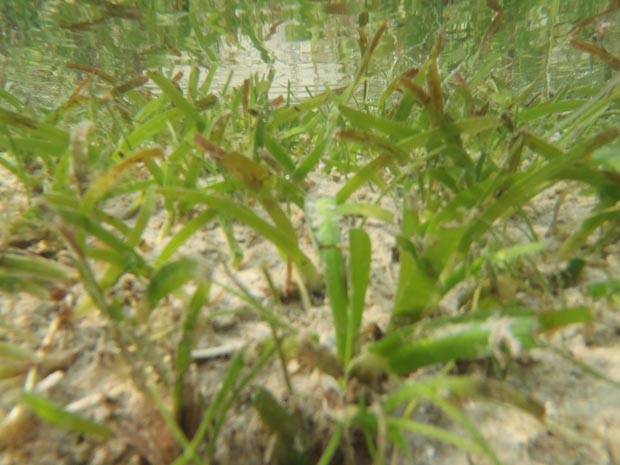By Holly Greening, special to the Tampa Bay Times
[dropcap]I[/dropcap]n 1990, Tampa Bay was designated an Estuary of National Significance by Congress, joining a small group of the nation’s most beloved — and troubled — waterways. Like its sister estuaries of New York Harbor, Puget Sound and San Francisco Bay, Tampa Bay had been pummeled by decades of dredging, development and disregard. The bay was so polluted that it was the subject of a 60 Minutes expose.
At the time it entered the National Estuary Program, Tampa Bay already had a dedicated corps of scientists, planners, elected officials, industry leaders and citizen – advocates who had been working cooperatively, across political and geographical boundaries, to halt the bay’s decline. The bay’s nomination to the National Estuary Program was itself a bipartisan venture of Republican U.S. Rep. C.W. Bill Young of Indian Shores and Democratic U.S. Rep. Sam Gibbons of Tampa.
Those early efforts already were beginning to reap dividends. Thanks to substantial federal investments in wastewater system upgrades on both sides of the bay, and a flurry of new state and federal legislation that limited dredging and industrial discharges, required treatment of stormwater runoff for the first time, and imposed strict treatment standards on sewage piped to the bay, a remarkable transformation was beginning.
Now, 22 years later, the redemption of Tampa Bay is an international success story. While many other waterways in the United States continue to decline, Tampa Bay has rebounded. Water quality overall is as good now as it was in the 1950s — when Hillsborough and Pinellas counties had only 400,000 people compared with today’s 2.2 million — and the bay now has more life-sustaining sea grasses than at any time since then.
The most recent sea grass surveys — released last week by the Southwest Florida Water Management District — show that we are 91 percent of the way to our goal of recovering 38,000 acres of sea grasses in Tampa Bay. These underwater grasses are our most important indicator of the bay’s health because they support so many marine species and require clean water to flourish.
Click here to read complete story […]


